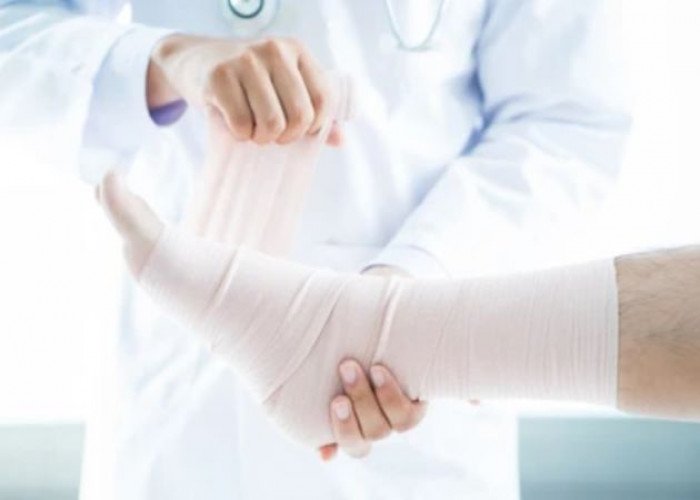 Welcome
Welcome
“May all be happy, may all be healed, may all be at peace and may no one ever suffer."
Broken leg
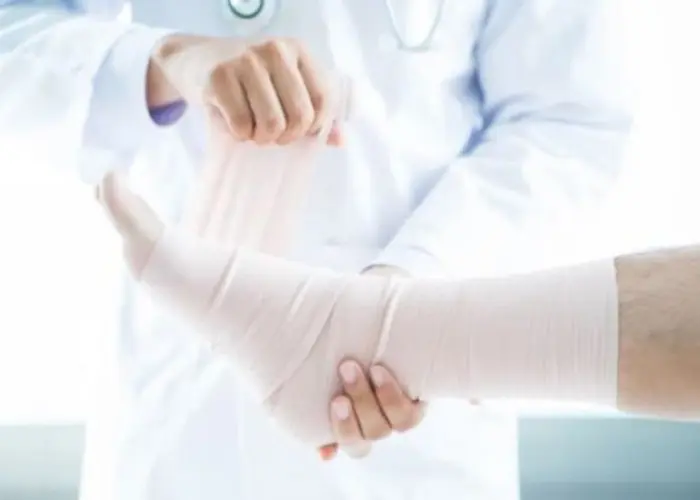
A broken leg, also known as a tibia or fibula fracture, is a common injury that occurs when one or both of the bones in the lower leg are broken. Symptoms include pain, swelling, bruising, and difficulty putting weight on the leg. Treatment depends on the location and severity of the fracture and may include immobilization with a cast or brace, pain management, physical therapy, or surgery. Recovery time can vary, but it may take several months for the leg to fully heal and for normal activities to resume. It's important to follow your doctor's advice and avoid activities that may aggravate the injury while it heals.
Research Papers
Disease Signs and Symptoms
- Leg pain
- Swollen leg
- Severe pain, which may worsen with movement
- Obvious deformity or shortening of the affected leg
- Broken leg
Disease Causes
Broken leg
There are a number of ways you can break a leg, including:
- Falls. A simple fall can fracture one or both of the lower leg bones. However, the thighbone is unlikely to be broken without more significant trauma.
- Motor vehicle accidents. All three leg bones can break during a motor vehicle accident. Fractures can occur when your knees become jammed against the dashboard during a collision.
- Sports injuries. Hyperextending your leg during contact sports can cause a broken leg. So can a direct blow — such as from a hockey stick or an opponent's body.
- Child abuse. In children, a broken leg may be the result of child abuse, especially when such an injury occurs before the child can walk.
- Overuse. Stress fractures are tiny cracks that develop in the weight-bearing bones of your body, including your shinbone. Stress fractures are usually caused by repetitive force or overuse, such as running long distances. But they can also occur with normal use of a bone that's been weakened by a condition such as osteoporosis.
Disease Prevents
Broken leg
A broken leg can't always be prevented. But these basic tips may reduce your risk:
- Build bone strength. Calcium-rich foods, such as milk, yogurt and cheese, can help build strong bones. A calcium or vitamin D supplement also may improve bone strength. Ask your doctor if these supplements are appropriate for you.
- Wear proper athletic shoes. Choose the appropriate shoe for your favorite sports or activities. And replace athletic shoes regularly. Discard sneakers as soon as the tread or heel wears out or if the shoes are wearing unevenly.
- Cross-train. Alternating activities can prevent stress fractures. Rotate running with swimming or biking. If you run on a sloped track indoors, alternate the direction of your running to even stress on your skeleton.
Disease Treatments
Treatment of a broken leg will vary, depending on the type and location of the break. Stress fractures may require only rest and immobilization. Fractures are classified into one or more of the following categories:
- Open (compound) fracture. In this type of fracture, the skin is pierced by the broken bone. This is a serious condition that requires immediate, aggressive treatment to decrease your chance of an infection.
- Closed fracture. In closed fractures, the surrounding skin remains intact.
- Incomplete fracture. This term means that the bone is cracked, but it isn't separated into two parts.
- Complete fracture. In complete fractures, the bone has snapped into two or more parts.
- Displaced fracture. In this type of fracture, the bone fragments on each side of the break are not aligned. A displaced fracture may require surgery to realign the bones properly.
- Greenstick fracture. In this type of fracture, the bone cracks but doesn't break all the way through — like when you try to break a green stick of wood. Most broken bones in children are greenstick fractures, because a child's bones are softer and more flexible than those of an adult.
Setting the leg
Initial treatment for a broken leg usually begins in an emergency room or urgent care clinic. Here, doctors typically evaluate your injury and immobilize your leg with a splint. If you have a displaced fracture, your doctor may need to manipulate the pieces back into their proper positions before applying a splint — a process called reduction. Some fractures are splinted for a day to allow swelling to subside before they are casted.
Immobilization
Restricting the movement of a broken bone in your leg is critical to proper healing. To do this, you may need a splint or a cast. And you may need to use crutches or a cane to keep weight off the affected leg for six to eight weeks or longer.
Medications
To reduce pain and inflammation, your doctor may recommend an over-the-counter pain reliever, such as acetaminophen (Tylenol, others) or ibuprofen (Advil, Motrin IB, others) or a combination of the two. If you're experiencing severe pain, your doctor might prescribe stronger pain medications.
Therapy
After your cast or splint is removed, you'll likely need rehabilitation exercises or physical therapy to reduce stiffness and restore movement in the injured leg. Because you haven't moved your leg for a while, you may even have stiffness and weakened muscles in uninjured areas. Rehabilitation can help, but it may take up to several months — or even longer — for complete healing of severe injuries.
Surgical and other procedures
Immobilization heals most broken bones. However, you may need surgery to implant internal fixation devices, such as plates, rods or screws, to maintain proper position of your bones during healing. These internal fixation devices may be necessary if you have the following injuries:
- Multiple fractures
- An unstable or displaced fracture
- Loose bone fragments that could enter a joint
- Damage to the surrounding ligaments
- Fractures that extend into a joint
- A fracture that is the result of a crushing accident
- A fracture in particular areas of your leg, such as your thighbone
For some injuries, your doctor may also recommend an external fixation device — a frame outside your leg attached to the bone with pins. This device provides stability during the healing process and is usually removed after about six to eight weeks. There's a risk of infection around the surgical pins connected to the external fixation device.
Disease Diagnoses
Disease Allopathic Generics
Disease Ayurvedic Generics
Disease Homeopathic Generics
Disease yoga
Broken leg and Learn More about Diseases

Body lice

Kleptomania

Rubella
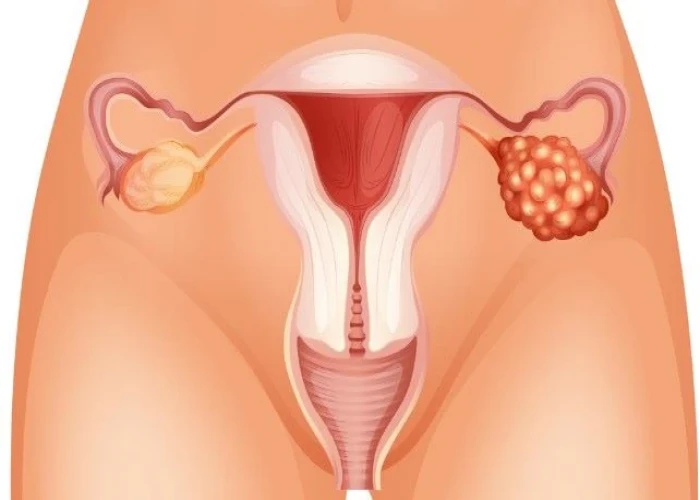
Ovarian cancer
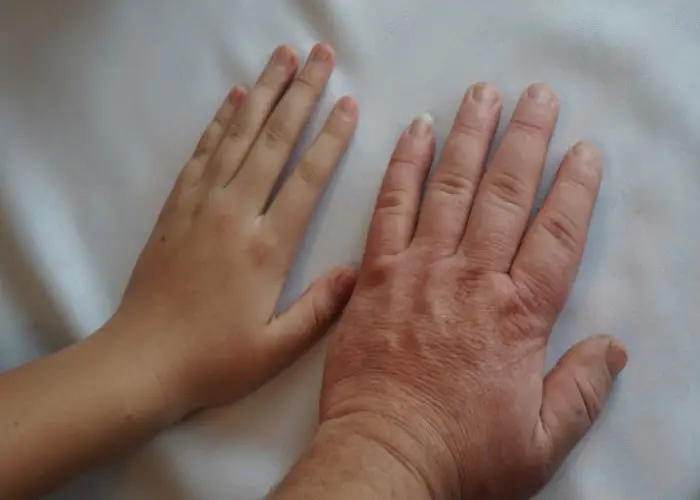
Acromegaly

Congenital heart defects in children
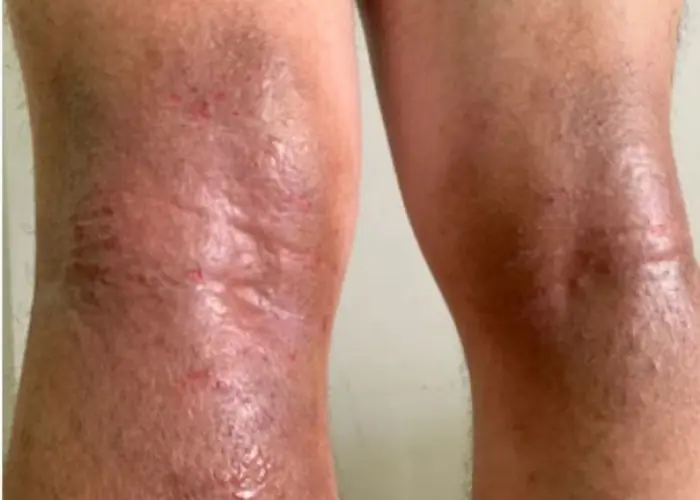
Atopic dermatitis (eczema)
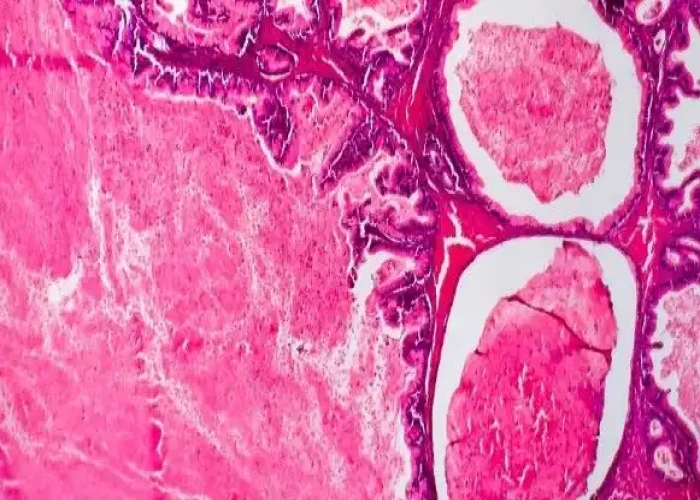
Undifferentiated pleomorphic sarcoma
Broken leg, Leg fracture, Breaking leg, ভাঙ্গা পা
To be happy, beautiful, healthy, wealthy, hale and long-lived stay with DM3S.
